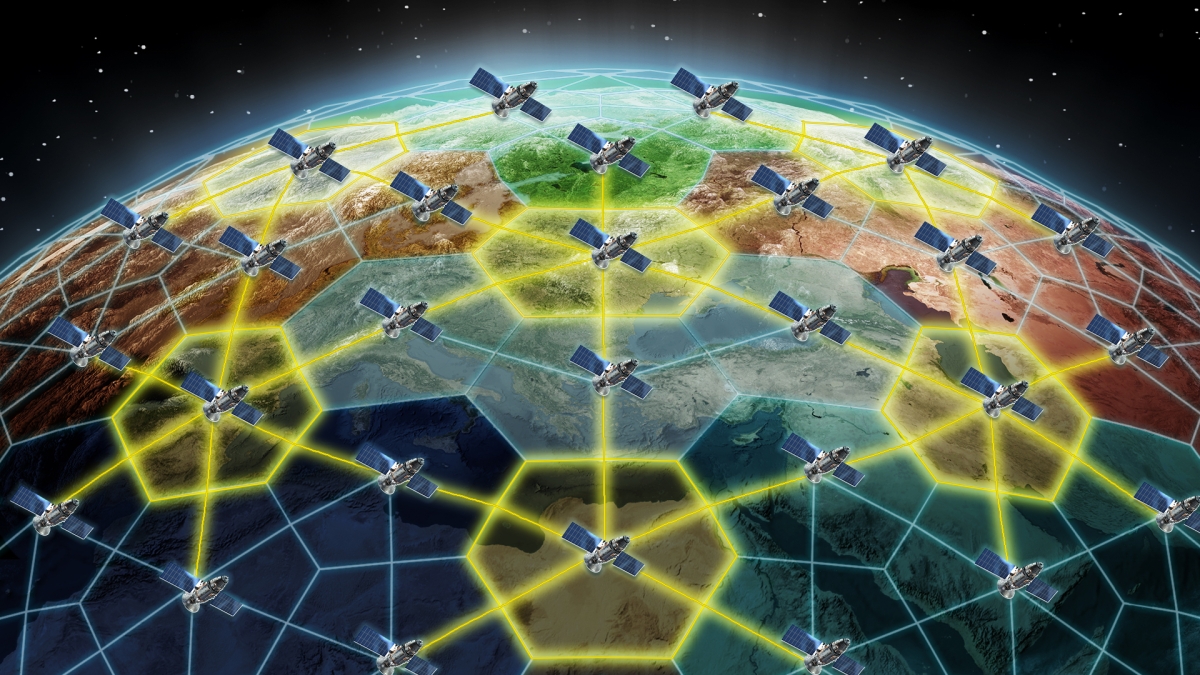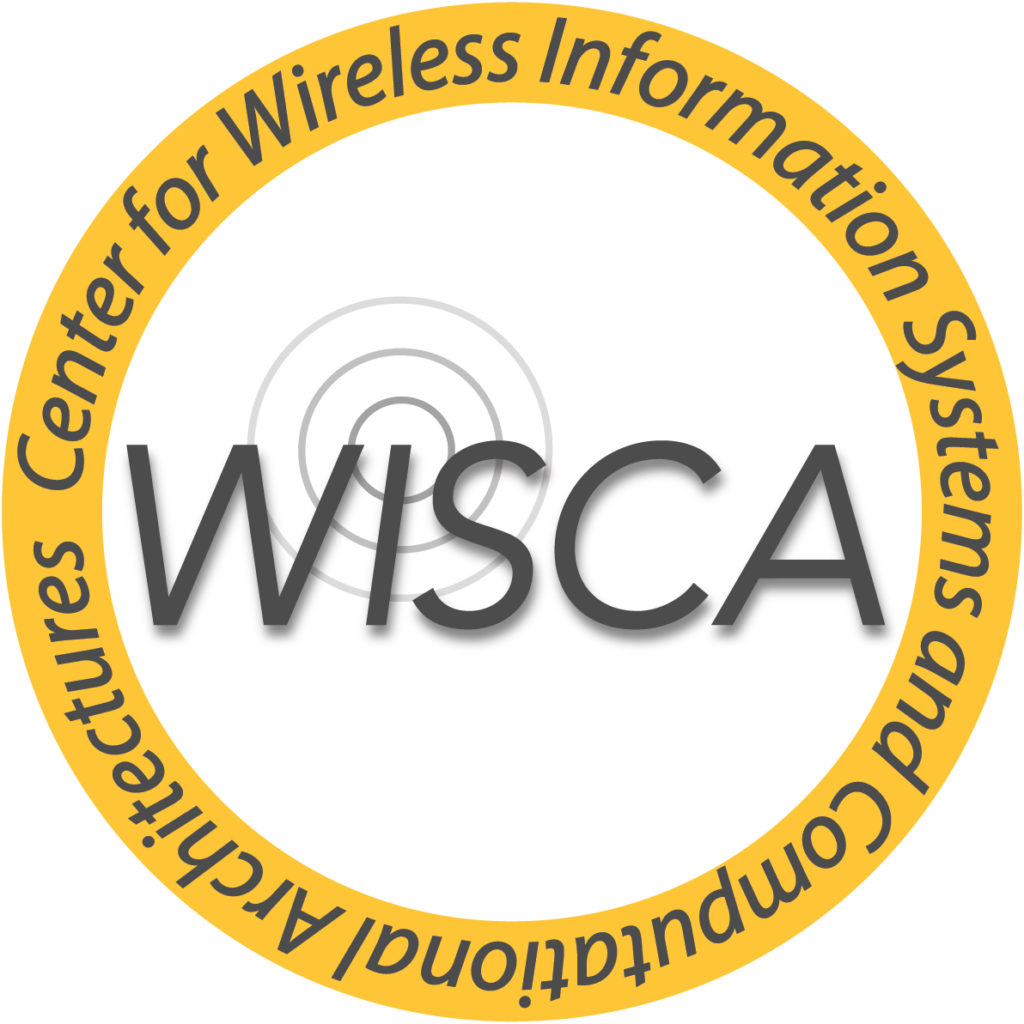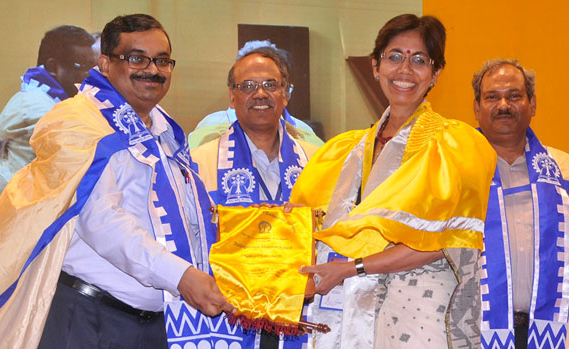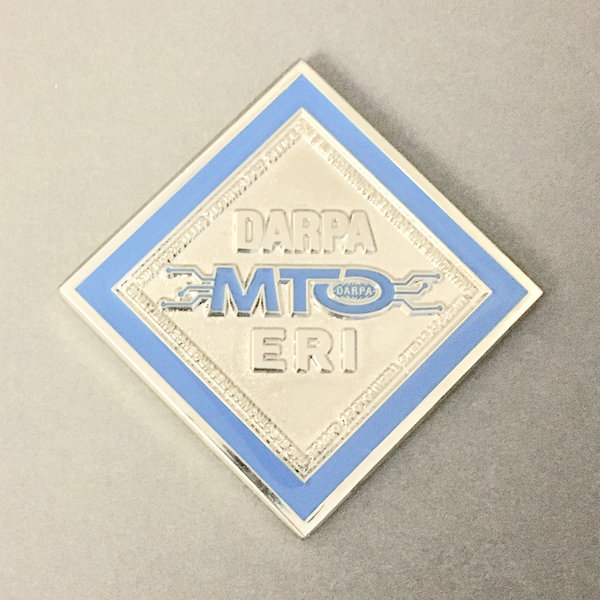
The nexus of the next wireless revolution.
The Center for Wireless Information Systems and Computational Architectures (WISCA) places Arizona State University at the forefront of research and development for systems using wireless communications.

It is remarkable to consider the long series of revolutions that wireless communications has undergone over the last quarter century. After each revolution, it is tempting to think that this astonishing sequence of advances has ended, but the end has not come yet.
In fact, we are a point in time for wireless communications that is equivalent to that of the cambrian explosion for biological systems. As the “internet of things” develops, and as users increasingly desire greater access, reliability, data rates, and communications diversity, we need more of all kinds of wireless communications.
News
Synopsys’ blog post on WISCA’s use of the HAPS-100 system. Feb. 13, 2025
WISCA hosted the 2023 GNU Radio Conf on ASU campus. Sept. 5, 2023
ASU News story on WISCA’s microelectronics programs and their potential impact on the industry. Feb. 8, 2023
WISCA team awarded Phase 2 on Space-BACN program. Dec. 1, 2023
ASU Now story on our new DARPA Space-BACN program. Aug. 10, 2022
Congratulations Associate Director Prof. Chaitali Chakrabarti for receiving this year’s Joseph C. Palais Distinguished Faculty Scholar Award! Sept. 17, 2021
ASU Now story on our new $17M DARPA DASH project. Related stories: Science Magazine, IEEE Spectrum July 24, 2018
Congratulations to Prof. Chakrabarti and her student Jian Zhou for receiving best paper award for “Parallel Wavelet-based Bayesian Compressive Sensing based on Gibbs Sampling” at the 2018 IEEE Workshop on Signal Processing Systems (SiPS). 2018
ASU Now story on BLISS Lab’s autonomous vehicle joint communications and positioning research March 30, 2018
Contact
Daniel Bliss
Professor
[email protected]
Brittany McCall
Asst Director
[email protected]
Camille Holtom
Project Manager, WISCA
[email protected]
Julianne Mortensen
Project Manager
[email protected]
Farah Kiaei
Business Operations Specialist
[email protected]
Please include [email protected] in any correspondence.
…we need access to more sophisticated, more flexible, and more efficient protocols and computational engines. With new radio architectures developed at WISCA, we can break this rigid limitation.

WISCA Center Radios
To address future wireless communications and sensing for personal, machine, and IoT systems, we need access to more sophisticated, more flexible, and more efficient protocols and computational engines. Current communications approaches are efficient and inflexible or flexible and inefficient. By codeveloping advanced fluid protocols and mixed software define radios with hardware accelerators, we can solve both problems simultaneously. Furthermore, current protocols were developed under the assumption that communications links cannot operate in the presence of interference. This assumption introduces a significant limitation on potential performance. With our new radio architectures, we can break this rigid limitation.
WISCA UAV
To aid this development, WISCA provides researchers a wide range of tools. In particular, WISCA provides a laboratory space with a suite of software defined radios (SDRs). This radio system is designed to allow communications researchers to easily explore new physical and network layer concepts by employing a simple development interface. The interface is based on Matlab (an industry standard), so that researchers can explore their new concepts quickly. Because Matlab often cannot keep up with the computations required by sophisticated radio needs, a low duty cycle communications approach is employed to emulate real continuous-time systems. This discontinuous time operation is transparent to the radio researcher. By using this system, researchers can explore over-the-air radio operations with development times comparable to simple simulations.



